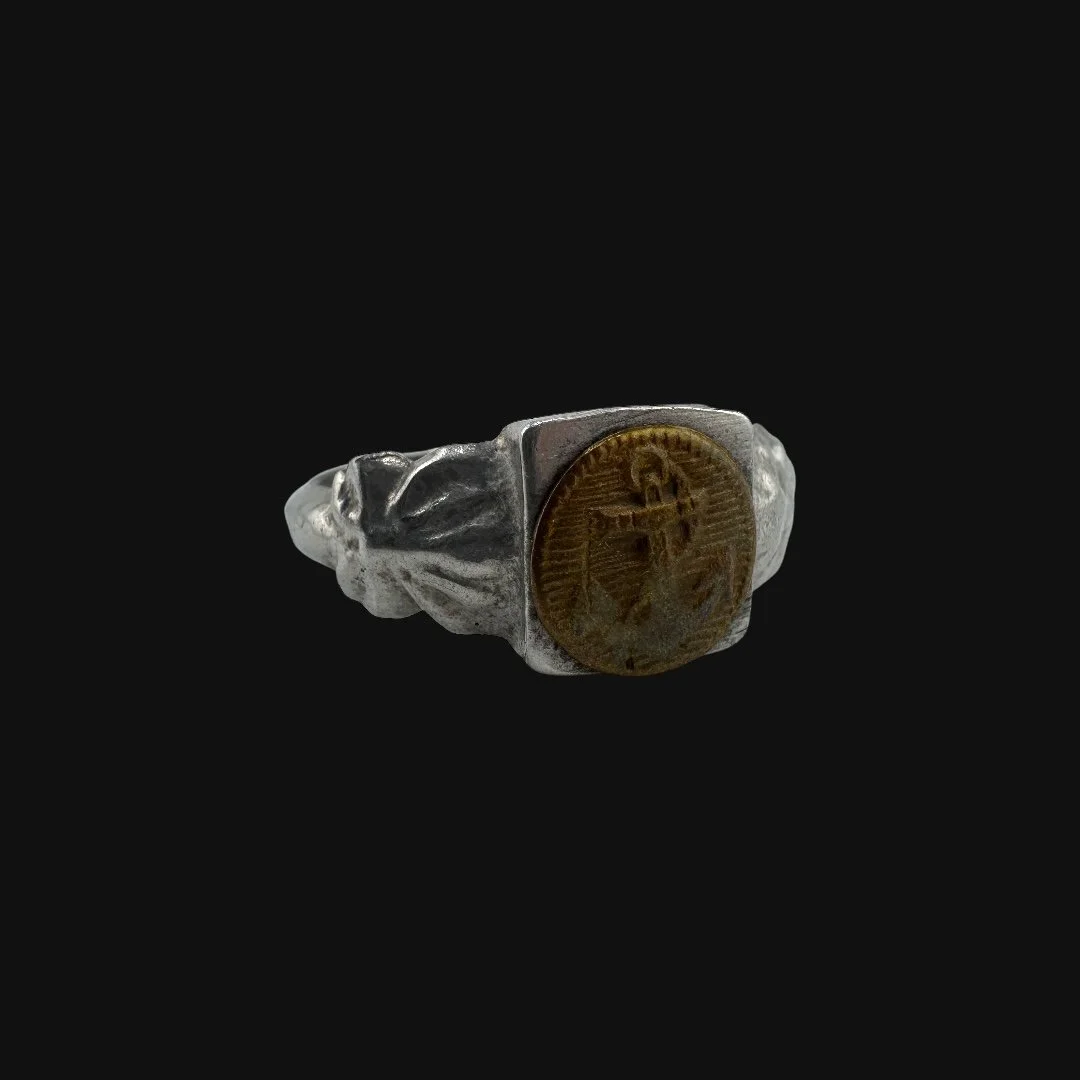 Image 1 of 13
Image 1 of 13

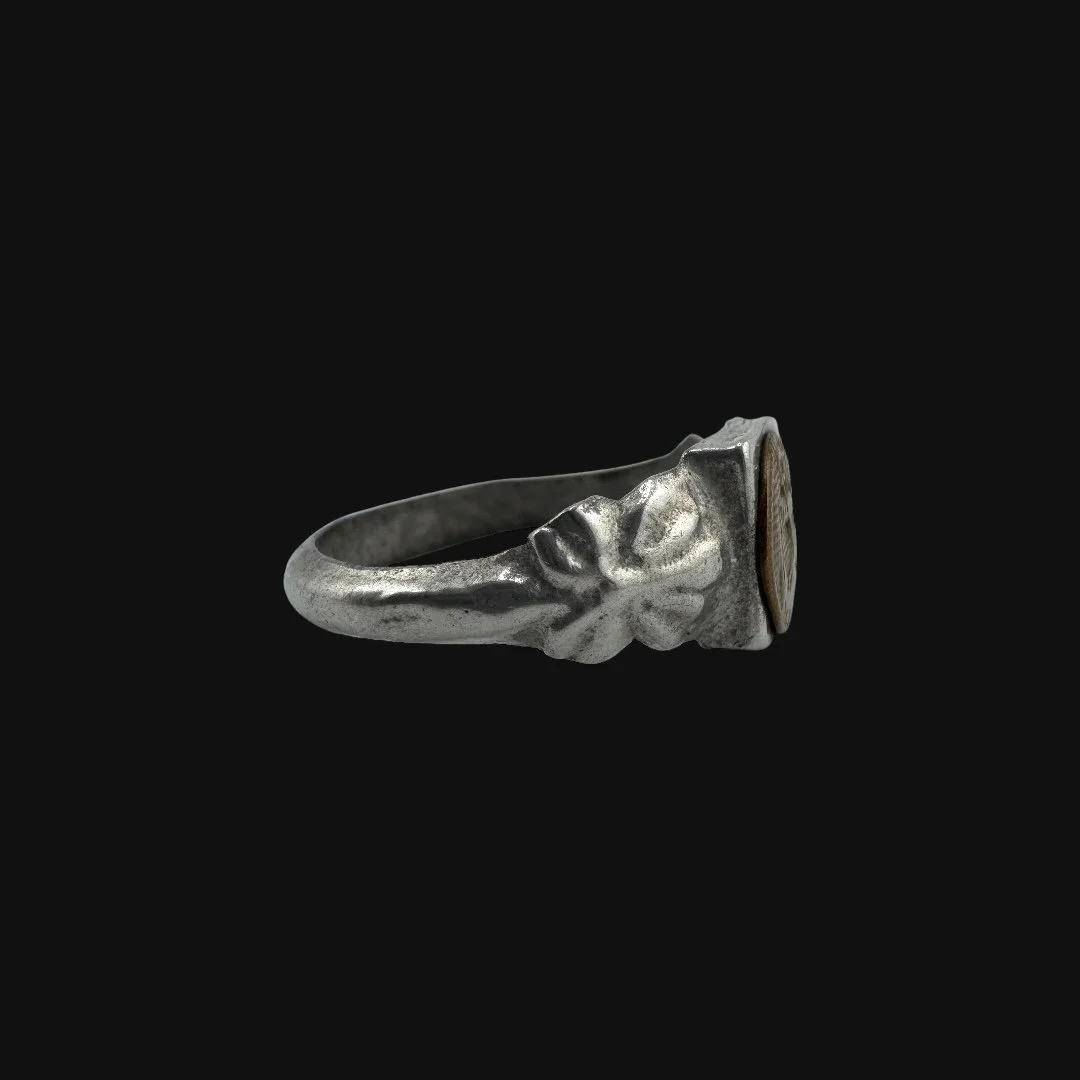 Image 2 of 13
Image 2 of 13

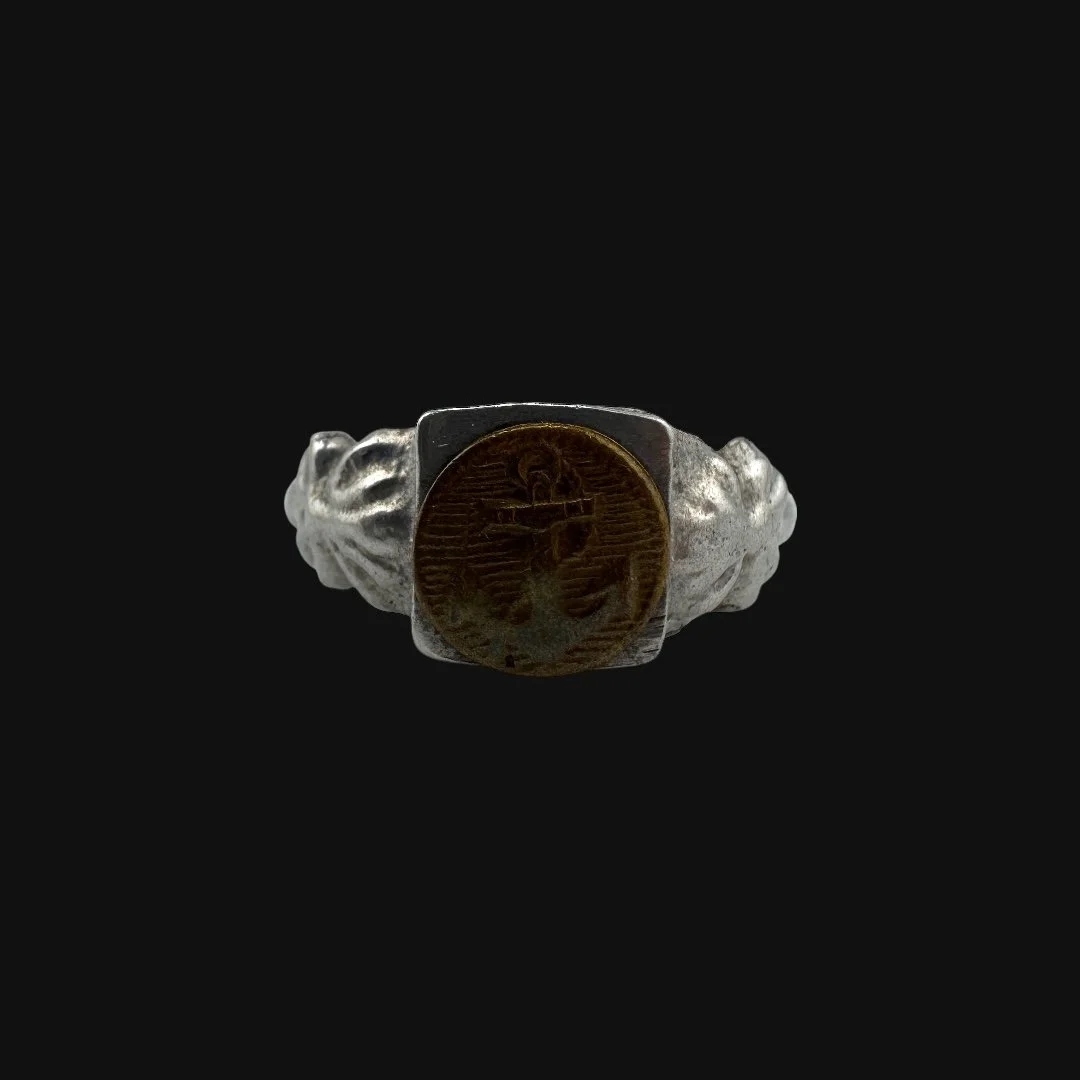 Image 3 of 13
Image 3 of 13

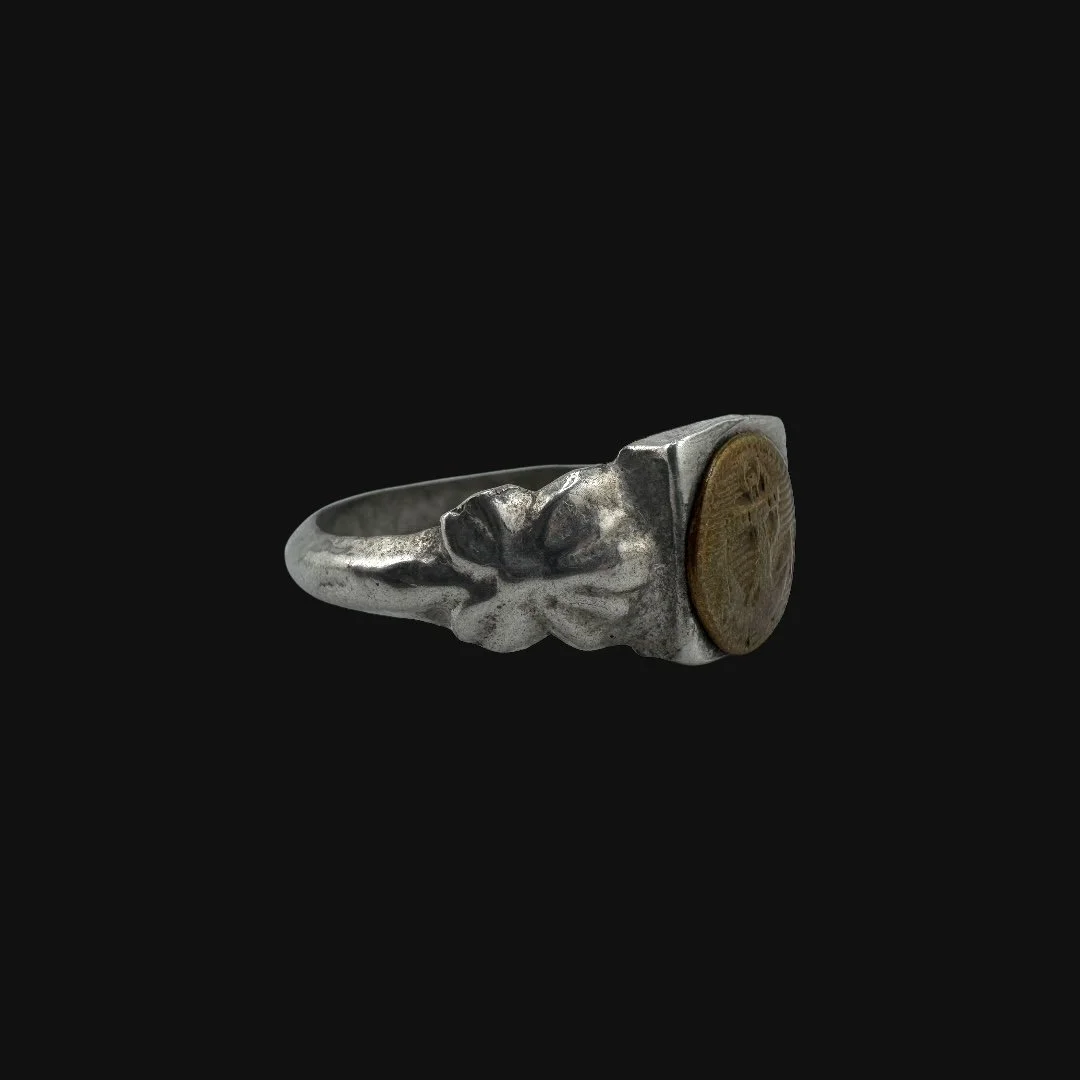 Image 4 of 13
Image 4 of 13

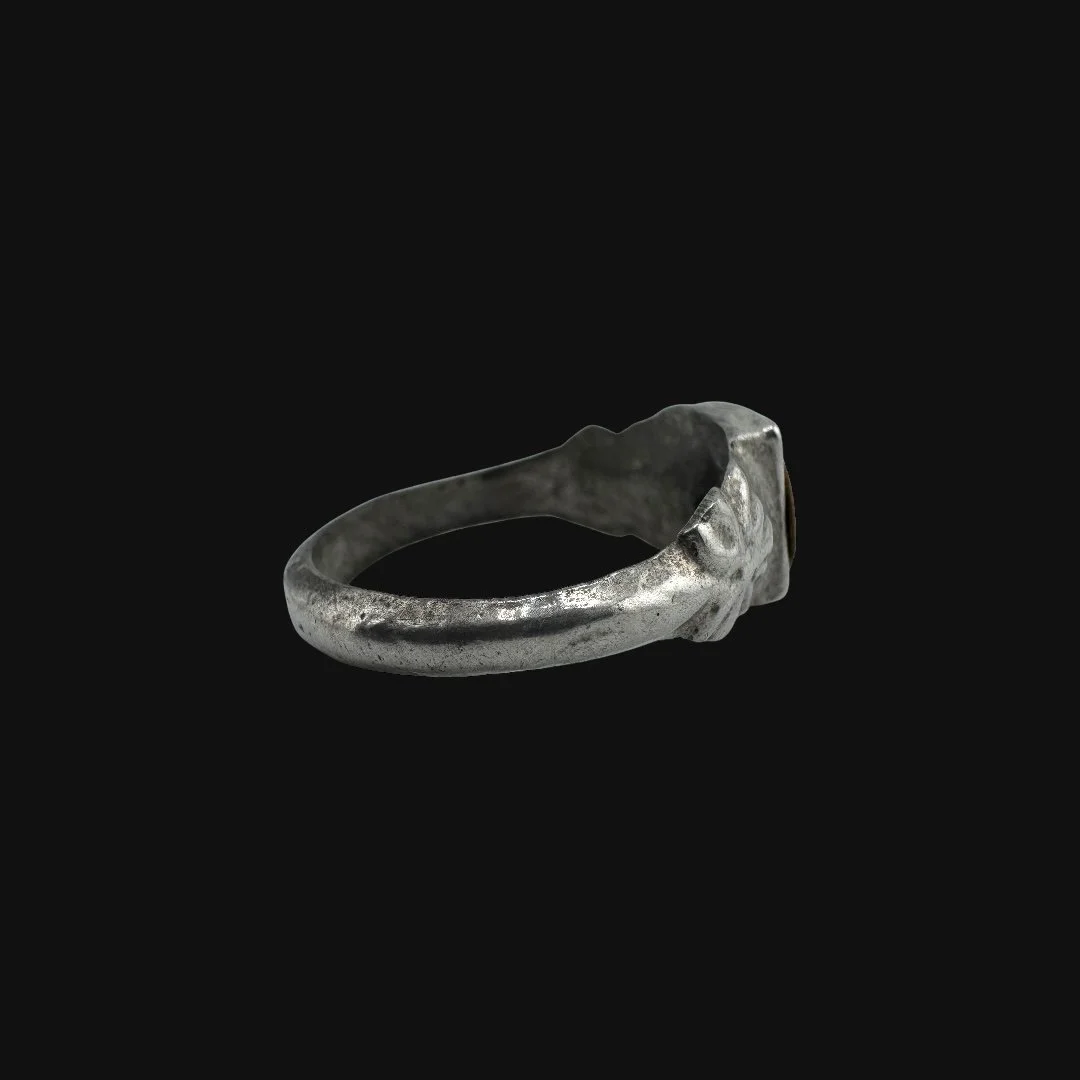 Image 5 of 13
Image 5 of 13

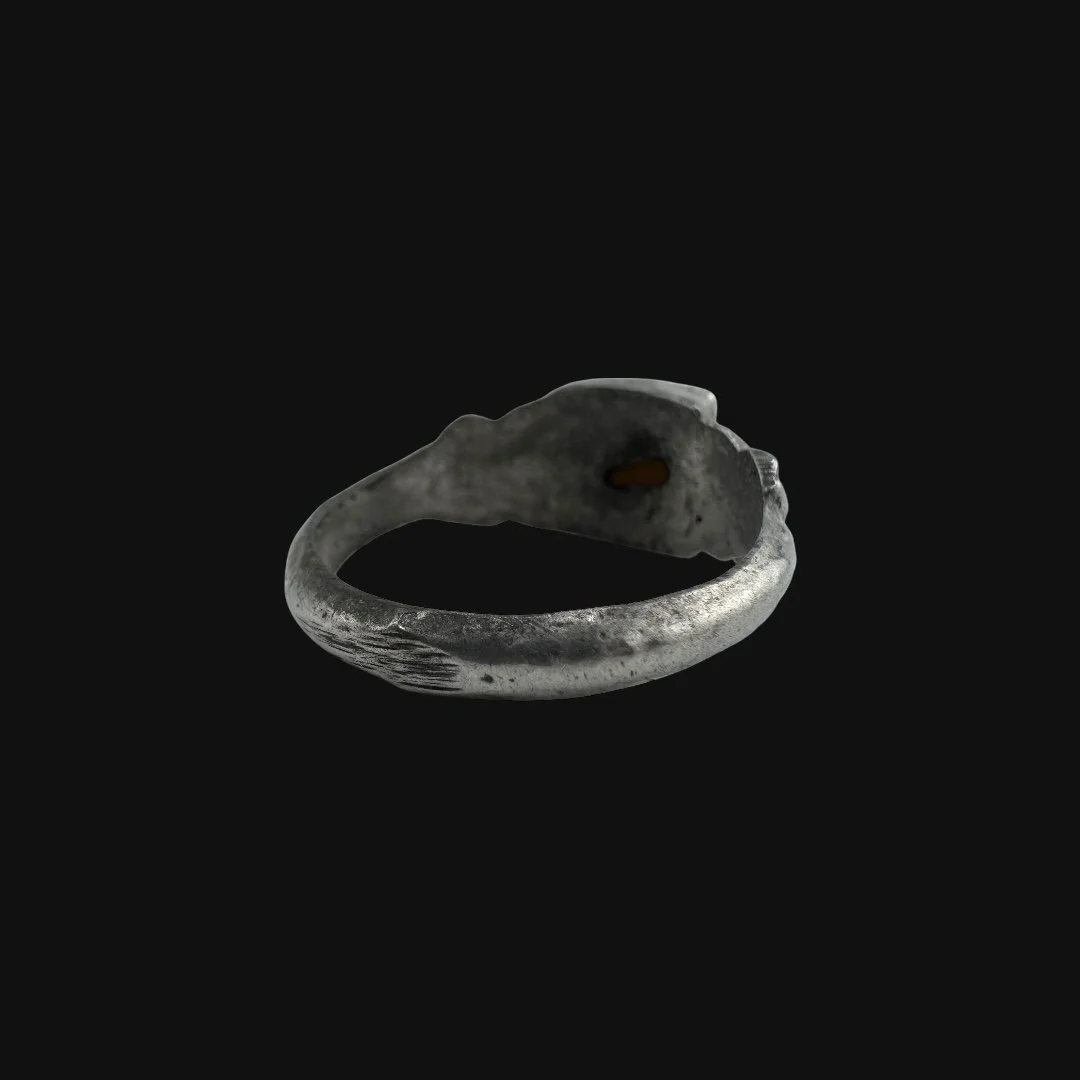 Image 6 of 13
Image 6 of 13

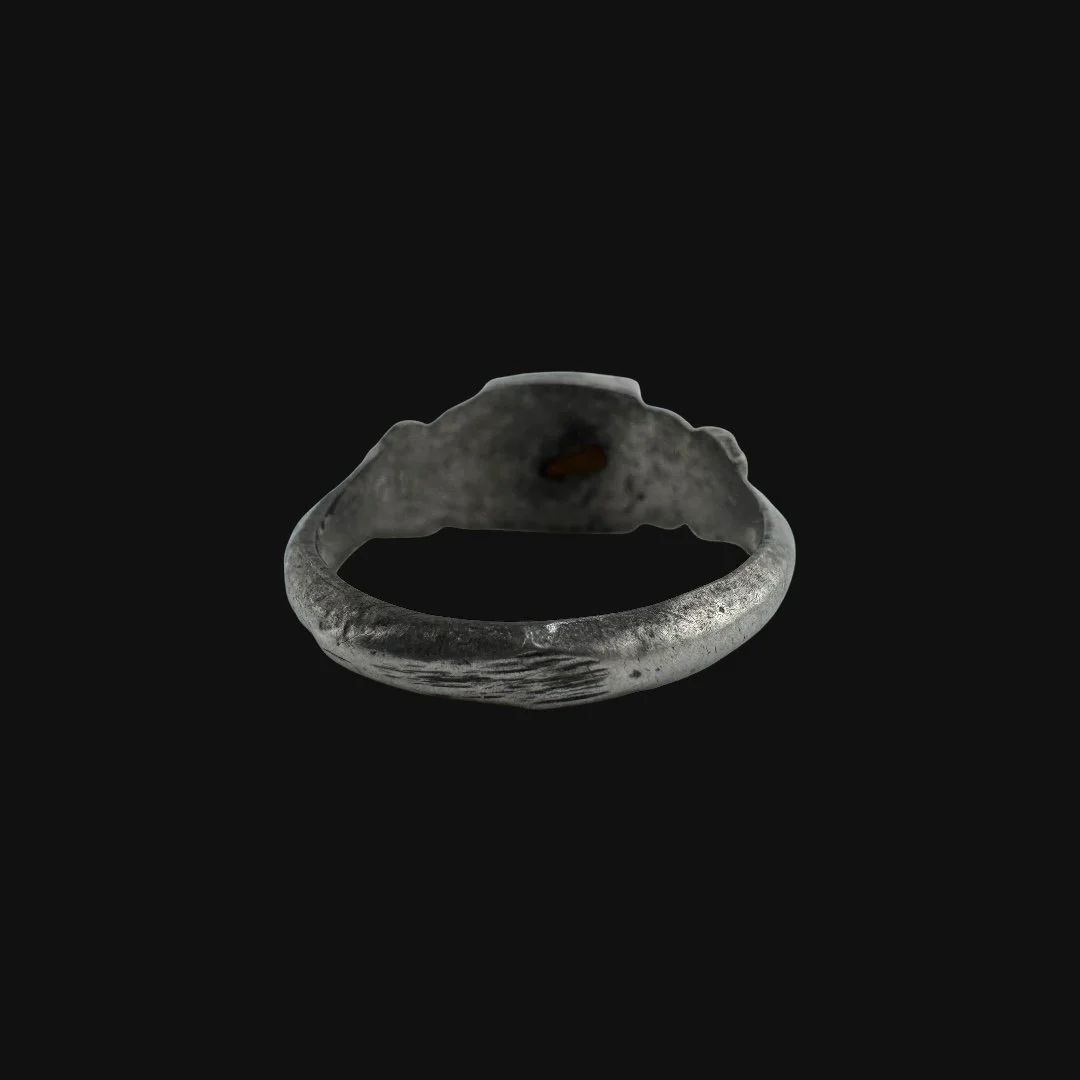 Image 7 of 13
Image 7 of 13

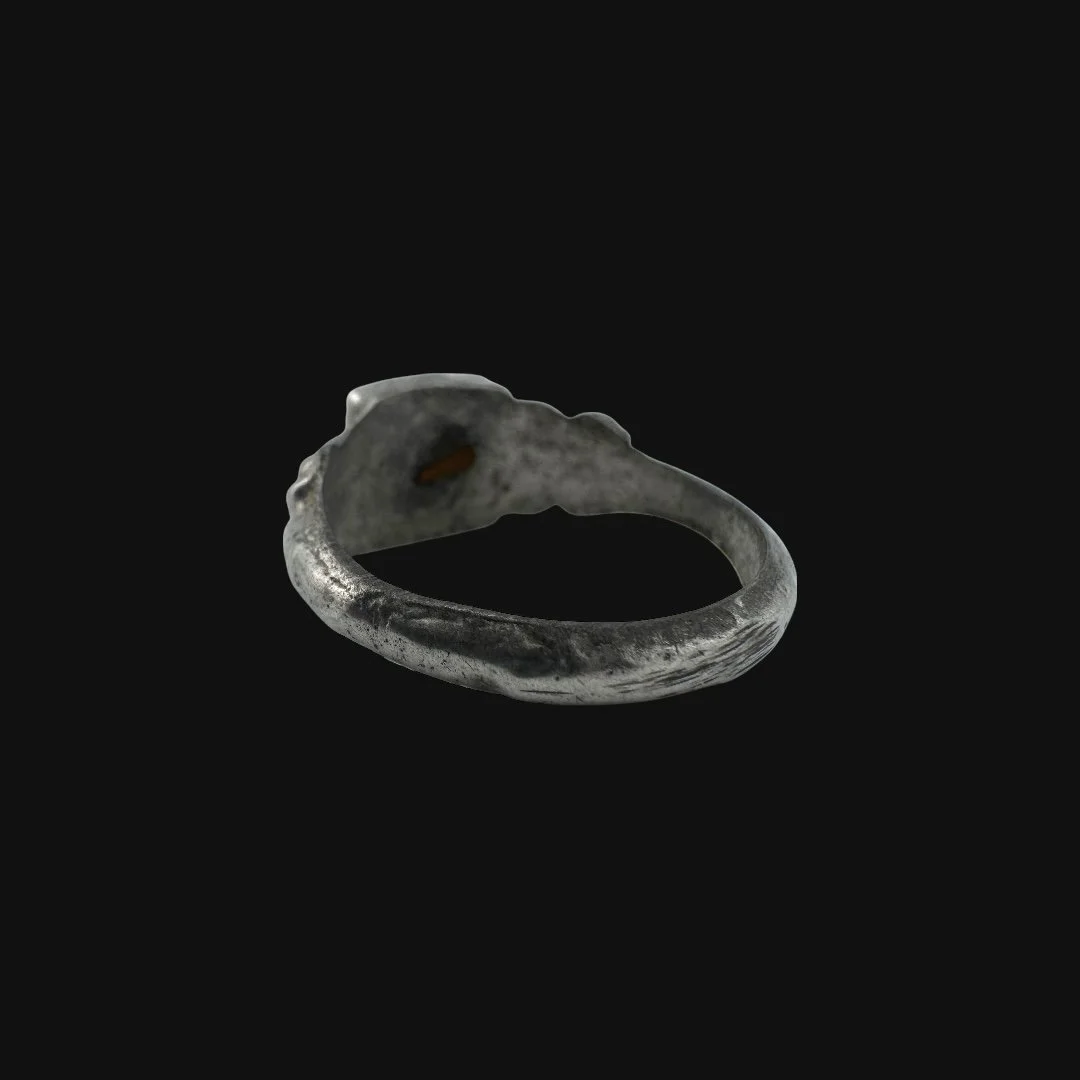 Image 8 of 13
Image 8 of 13

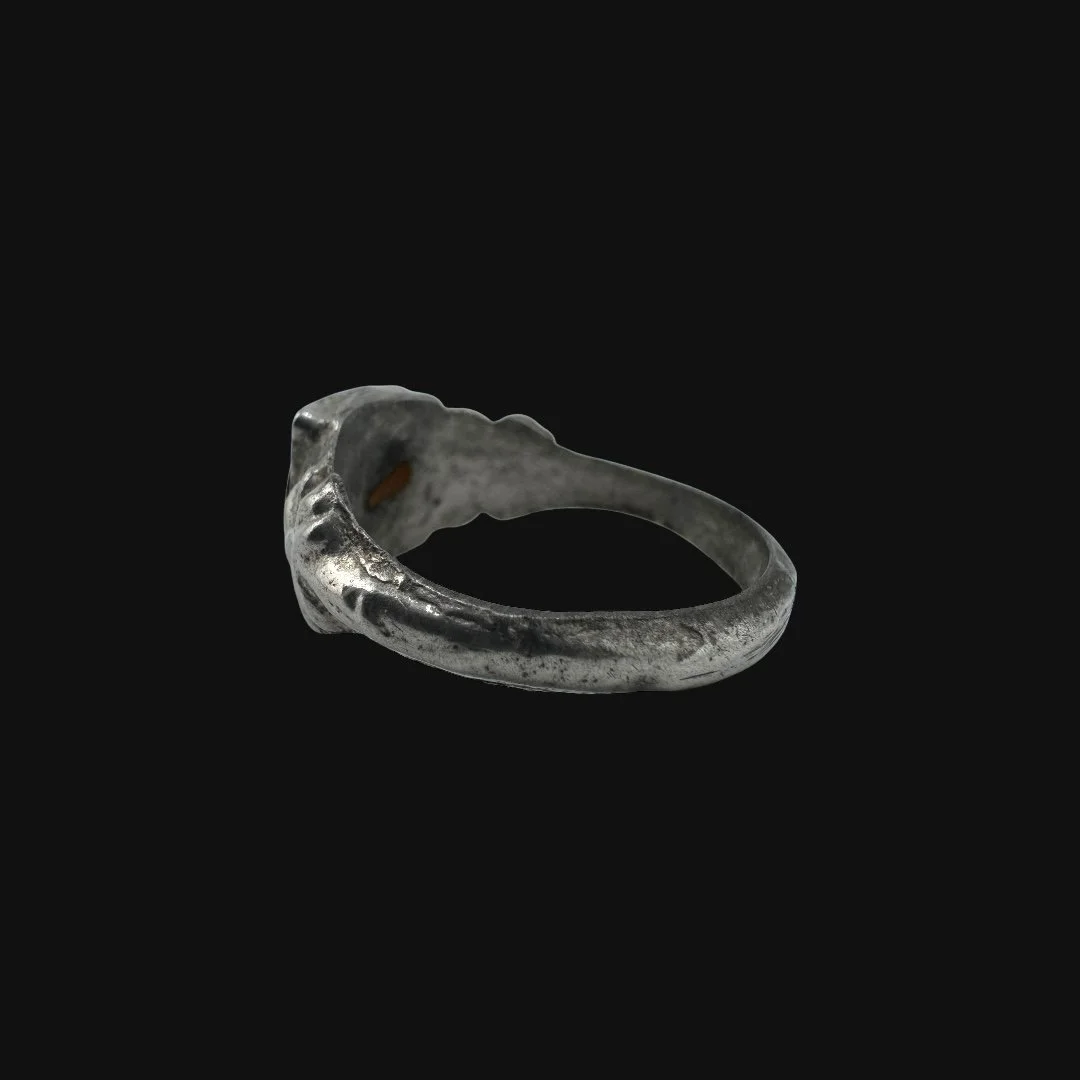 Image 9 of 13
Image 9 of 13

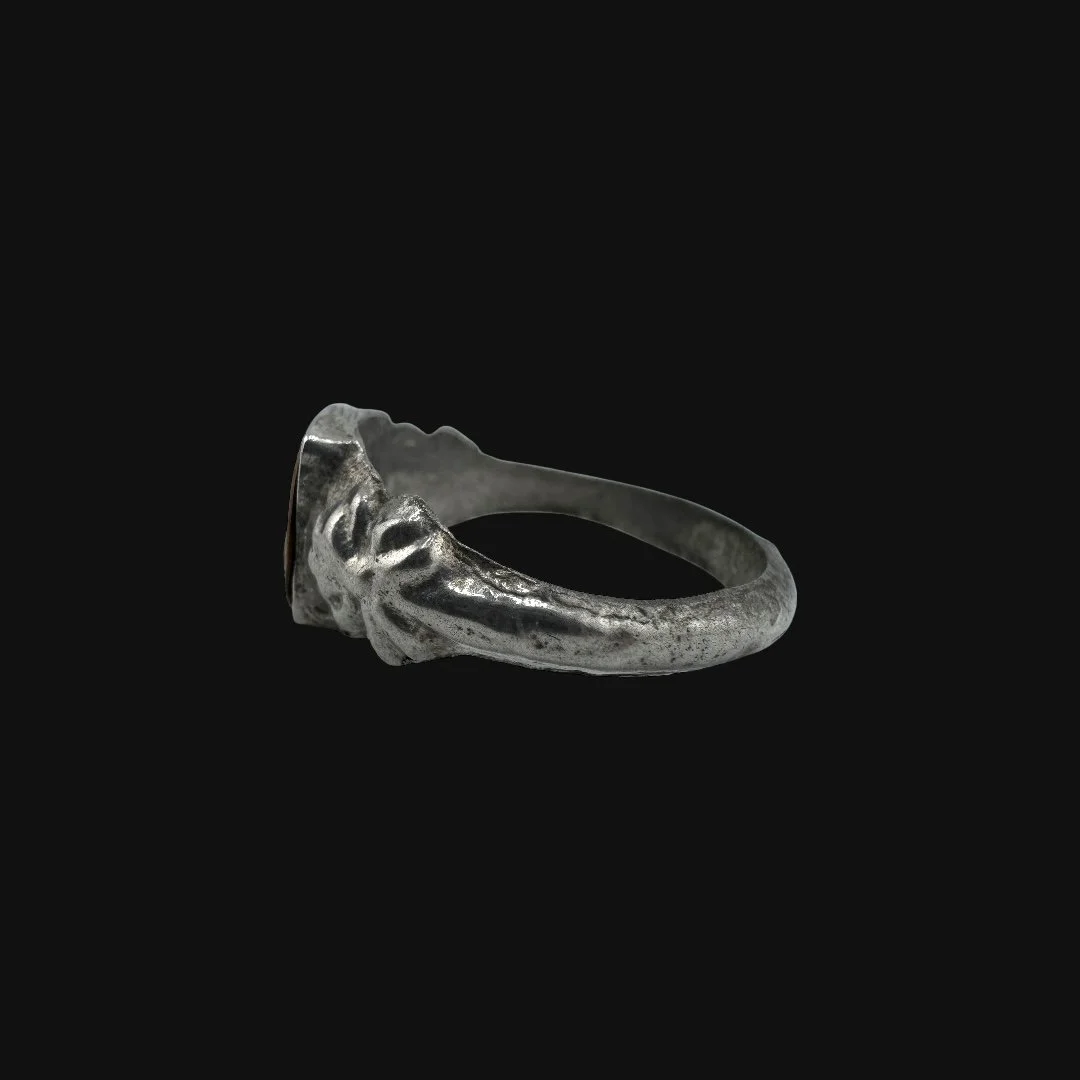 Image 10 of 13
Image 10 of 13

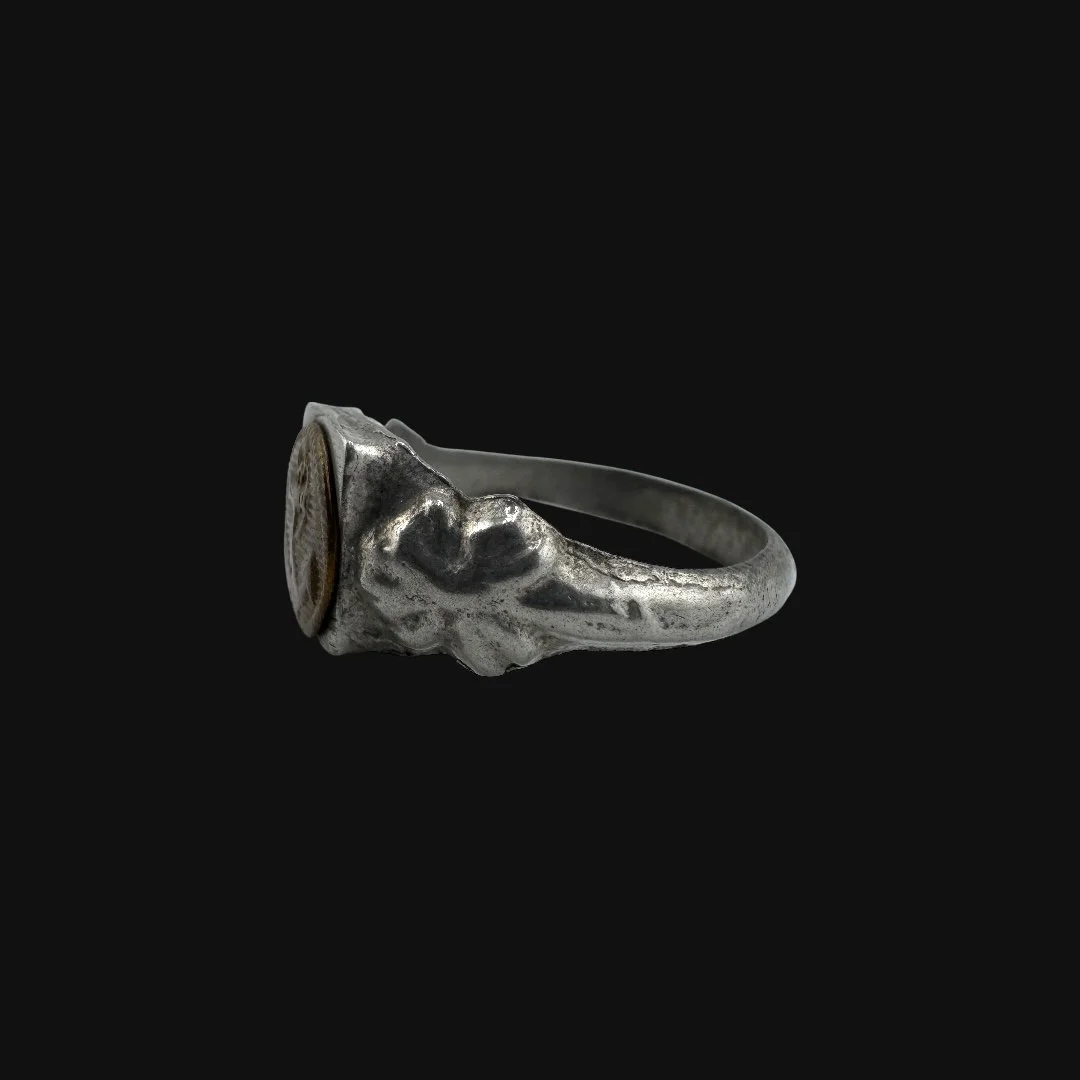 Image 11 of 13
Image 11 of 13

 Image 12 of 13
Image 12 of 13

 Image 13 of 13
Image 13 of 13














Original WWI Handmade "Navy Anchor" Trench Art Frontline Ring - Made Using Leftover Battlefield Materials (Size 8.75)
Comes with a hand-signed C.O.A. and a full historical research write-up
From: World War I
Dated: 1914-1918
Ring Size: 8.75 (US)
Material: Leftover Battlefield Materials/Equipment
Wearable History Collection:
This authentic 1914-1918 WWI-era ring, preserved in its original and unaltered condition, combines exceptional craftsmanship with lasting durability, making it fully suitable for modern wear today. As part of our exclusive World War I “Wearable History Ring Collection,” it offers the rare opportunity to own and wear a genuine piece of World War I handcrafted by soldiers in the trenches from whatever materials they could salvage. Most of these rings were made using metal from downed aircraft, metal from spent artillery shells, strands of barbed wire, and fragments of scorched battlefield debris. Known as trench art, these pieces were shaped with improvised tools during rare moments of respite, often engraved with regimental insignias, battle names, or personal symbols. Each ring bears the marks of war and the artistry of its maker, transforming destruction into beauty. Fully wearable today yet unlike anything modern, every ring is a rare, one-of-a-kind link to the courage, resilience, and stories of the soldiers who fought in the Great War.
Historical Significance of the Navy During WWI :
From 1914 to 1918, the Allied navies of Britain, France, and later the United States shaped the course of World War I by securing the seas, protecting vital supply lines, and isolating the Central Powers. At the outbreak of war, the British Royal Navy was the largest and most advanced fleet in the world, using its dreadnoughts, cruisers, and destroyers to impose a distant blockade on Germany. This blockade, maintained throughout the war, severely restricted German imports of food, raw materials, and war supplies, contributing to economic collapse and civilian unrest. The navy’s dominance in the North Sea was reinforced by the Battle of Jutland in May–June 1916, the largest naval engagement of the war, which left the German High Seas Fleet largely confined to port. Britain also faced the grave threat of unrestricted submarine warfare in 1917, countering it with the convoy system that drastically reduced merchant losses. While maintaining global trade routes, the Royal Navy also fought in secondary theaters such as the failed Dardanelles Campaign of 1915.
The French Navy, the fourth largest in 1914, concentrated its efforts in the Mediterranean, safeguarding sea routes to North Africa, transporting colonial troops to Europe, and blockading the Austro-Hungarian Navy in the Adriatic. French warships joined British forces in the Dardanelles in 1915, suffering heavy losses like the sinking of the battleship Bouvet. By 1917, with German U-boats expanding their operations into the Mediterranean, French destroyers, patrol craft, and escorts played an essential role in convoy protection, ensuring the safe passage of troops and supplies from Africa and the Middle East to France.
When the United States entered the war in April 1917, its navy was modern but smaller than Britain’s. Its first priority was to secure Atlantic shipping lanes, and American destroyers began arriving in Ireland within a month to escort convoys, hunt U-boats, and rescue survivors. The U.S. Navy’s most significant achievement was transporting over two million American soldiers to Europe without the loss of a single troopship to enemy action. It also took part in the massive North Sea Mine Barrage of 1918, deploying over 56,000 mines to restrict U-boat movement. Integrated closely with British and French fleets, the U.S. Navy adopted new anti-submarine technologies such as depth charges and early sonar, while contributing industrial strength and manpower to the Allied cause.
Together, these naval forces ensured Allied control of the world’s sea lanes, choked off the Central Powers from overseas resources, and maintained the uninterrupted flow of troops and supplies to the Western Front. Their combined efforts at sea were less visible than the great land battles, but they were no less decisive in securing ultimate victory.
The Legacy Within This Ring:
This original World War I trench art ring, handcrafted between 1914 and 1918, bears the timeless anchor and rope emblem upon its face. Forged from discarded battlefield and naval materials, it reflects the spirit of WWI sailors who served during the Great War. Crafted from brass shell fragments, twisted copper wiring, and salvaged metal from the naval supply lines, it embodies the ingenuity of servicemen who turned remnants of war into lasting symbols of identity. The ring is steeped in the legacy of the Navy’s role in World War I. It carries echoes of the great Atlantic convoys that braved German U-boat attacks, the North Sea patrols, and the sailors who manned battleships and destroyers that safeguarded Allied waters. The anchor and rope insignia on the front was more than decoration. It was a symbol of steadfastness at sea, a reminder of the men who faced long voyages, relentless storms, and the unseen dangers of submarine warfare.
Comes with a hand-signed C.O.A. and a full historical research write-up
From: World War I
Dated: 1914-1918
Ring Size: 8.75 (US)
Material: Leftover Battlefield Materials/Equipment
Wearable History Collection:
This authentic 1914-1918 WWI-era ring, preserved in its original and unaltered condition, combines exceptional craftsmanship with lasting durability, making it fully suitable for modern wear today. As part of our exclusive World War I “Wearable History Ring Collection,” it offers the rare opportunity to own and wear a genuine piece of World War I handcrafted by soldiers in the trenches from whatever materials they could salvage. Most of these rings were made using metal from downed aircraft, metal from spent artillery shells, strands of barbed wire, and fragments of scorched battlefield debris. Known as trench art, these pieces were shaped with improvised tools during rare moments of respite, often engraved with regimental insignias, battle names, or personal symbols. Each ring bears the marks of war and the artistry of its maker, transforming destruction into beauty. Fully wearable today yet unlike anything modern, every ring is a rare, one-of-a-kind link to the courage, resilience, and stories of the soldiers who fought in the Great War.
Historical Significance of the Navy During WWI :
From 1914 to 1918, the Allied navies of Britain, France, and later the United States shaped the course of World War I by securing the seas, protecting vital supply lines, and isolating the Central Powers. At the outbreak of war, the British Royal Navy was the largest and most advanced fleet in the world, using its dreadnoughts, cruisers, and destroyers to impose a distant blockade on Germany. This blockade, maintained throughout the war, severely restricted German imports of food, raw materials, and war supplies, contributing to economic collapse and civilian unrest. The navy’s dominance in the North Sea was reinforced by the Battle of Jutland in May–June 1916, the largest naval engagement of the war, which left the German High Seas Fleet largely confined to port. Britain also faced the grave threat of unrestricted submarine warfare in 1917, countering it with the convoy system that drastically reduced merchant losses. While maintaining global trade routes, the Royal Navy also fought in secondary theaters such as the failed Dardanelles Campaign of 1915.
The French Navy, the fourth largest in 1914, concentrated its efforts in the Mediterranean, safeguarding sea routes to North Africa, transporting colonial troops to Europe, and blockading the Austro-Hungarian Navy in the Adriatic. French warships joined British forces in the Dardanelles in 1915, suffering heavy losses like the sinking of the battleship Bouvet. By 1917, with German U-boats expanding their operations into the Mediterranean, French destroyers, patrol craft, and escorts played an essential role in convoy protection, ensuring the safe passage of troops and supplies from Africa and the Middle East to France.
When the United States entered the war in April 1917, its navy was modern but smaller than Britain’s. Its first priority was to secure Atlantic shipping lanes, and American destroyers began arriving in Ireland within a month to escort convoys, hunt U-boats, and rescue survivors. The U.S. Navy’s most significant achievement was transporting over two million American soldiers to Europe without the loss of a single troopship to enemy action. It also took part in the massive North Sea Mine Barrage of 1918, deploying over 56,000 mines to restrict U-boat movement. Integrated closely with British and French fleets, the U.S. Navy adopted new anti-submarine technologies such as depth charges and early sonar, while contributing industrial strength and manpower to the Allied cause.
Together, these naval forces ensured Allied control of the world’s sea lanes, choked off the Central Powers from overseas resources, and maintained the uninterrupted flow of troops and supplies to the Western Front. Their combined efforts at sea were less visible than the great land battles, but they were no less decisive in securing ultimate victory.
The Legacy Within This Ring:
This original World War I trench art ring, handcrafted between 1914 and 1918, bears the timeless anchor and rope emblem upon its face. Forged from discarded battlefield and naval materials, it reflects the spirit of WWI sailors who served during the Great War. Crafted from brass shell fragments, twisted copper wiring, and salvaged metal from the naval supply lines, it embodies the ingenuity of servicemen who turned remnants of war into lasting symbols of identity. The ring is steeped in the legacy of the Navy’s role in World War I. It carries echoes of the great Atlantic convoys that braved German U-boat attacks, the North Sea patrols, and the sailors who manned battleships and destroyers that safeguarded Allied waters. The anchor and rope insignia on the front was more than decoration. It was a symbol of steadfastness at sea, a reminder of the men who faced long voyages, relentless storms, and the unseen dangers of submarine warfare.